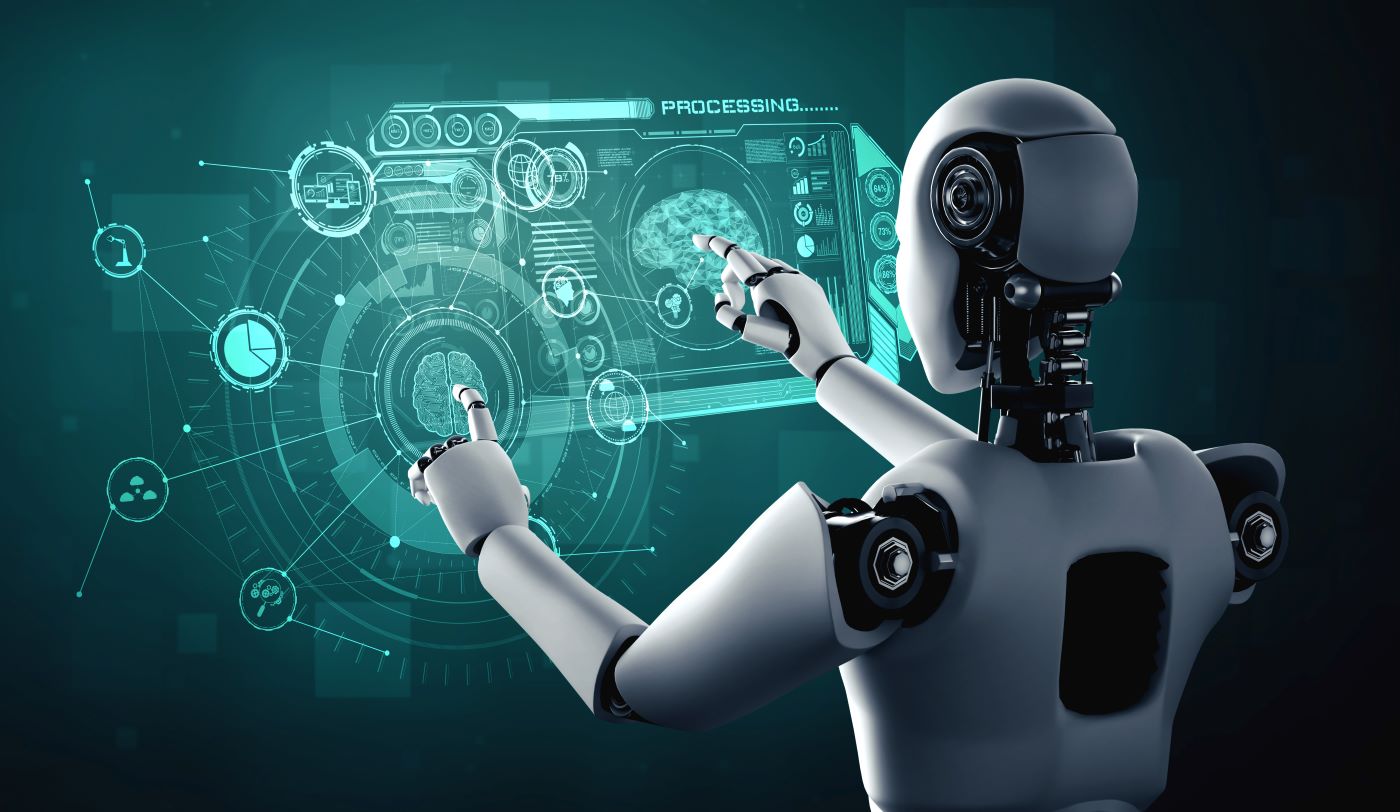In a society that is driven by technological advancement and innovation, industries have experienced a change. Automation and robots are used by key players across various sectors to boost productivity, reduce costs and create competitive advantages in the market. Robotics, which includes the design, installation, and integration of robotics solutions in various sectors are at the forefront of this revolution.
Understanding Robotics Applications
Robotics, a field of technology and science, focuses on the construction as well as the operation and application of robots. Robots are machines that can perform tasks either autonomously or with human supervision. These machines are equipped to execute complex or repetitive actions frequently in environments that are challenging or hazardous for humans.

The world of robotics goes beyond mere automation; it encompasses a range of applications that seek to transform industries and enhance human lives. Robots are advancing into a myriad of domains from manufacturing to healthcare logistics, entertainment, and even logistics. They provide a myriad of innovative opportunities.
The Rising of Automation: a Paradigm Shift
The current industrial revolution is based on automation, and robotic automation in particular. The introduction of automated systems has drastically altered the way companies operate, enhancing processes and increasing efficiency. Automation refers to the act of allowing machines or robots to accomplish tasks with no human intervention, by utilizing technology to increase efficiency, speed, and precision.
Robotic automation, specifically, involves the use of robots to perform tasks that were previously carried out by humans. They mimic human movements and are therefore versatile across sectors. Robots change the way we work when they’re manufacturing products in factories or performing complex surgeries in the field of healthcare.
Robotic Process Automation: A Revolutionary Efficiency
Robotic Process Automation (RPA) is an automation subset, involves robots automating repetitive tasks that are based on rules in business processes. RPA employs software robots or “bots” to execute routine tasks, which allows humans to concentrate on more strategic and complex tasks.
Incorporating RPA into business processes has proved to be a game-changer, providing agility, precision, and cost-efficiency across a range of industries. RPA has revolutionized workflows in various areas, from the entry of data and billing, to HR and customer service. For more information, click Robotic Process Automation
Fanuc Robots: Advancing Industries through Robots
One notable player in the realm of robotics is Fanuc the leader in the development, integration and installation of robots to serve a range of industries. The robots of Fanuc are renowned for their dependability, precision and versatility. This makes them the top choice in a variety of industries.
Fanuc robots are able to revolutionize industrial processes. These robots were designed to improve productivity and boost throughput, while also maintaining high standards of quality. Fanuc’s innovative products are also made with a focus on safety, taking workers from potentially hazardous jobs.
Driving Competitiveness The Fanuc Advantage
Industries that take advantage of Fanuc robots gain a competitive advantage in their markets. Integration of Fanuc robotic solutions leads to greater ROI (ROI) due to increased efficiency and effectiveness. Automating repetitive tasks and tasks that require labor, businesses can shift resources to work that requires inventive problem-solving in addition to critical thinking and imagination.
Furthermore, Fanuc’s automated solutions are designed to meet the particular requirements of different industries. The innovative approach adopted by Fanuc in the development and deployment of robots allows businesses to adjust quickly to changing market demands keep ahead of competition, and achieve sustainable growth.
A peek into the Future
Robotics and automation are expected to grow as technology improves. Future developments may include enhanced artificial intelligence, improved sensors, and greater collaboration between humans and robots which will create a more seamless and efficient working environment.
Conclusion: The fusion of robots and automation, such as Robotic Process Automation (RPA) and Fanuc Robots, has revolutionized industries and takes them into the future century. The efficiencies gained through robotics are empowering companies to not only succeed in today’s competitive world, but also pioneer new frontiers of technology. We are at the start of a new era and the impact of robotics, automation and technology will be felt well into the future.